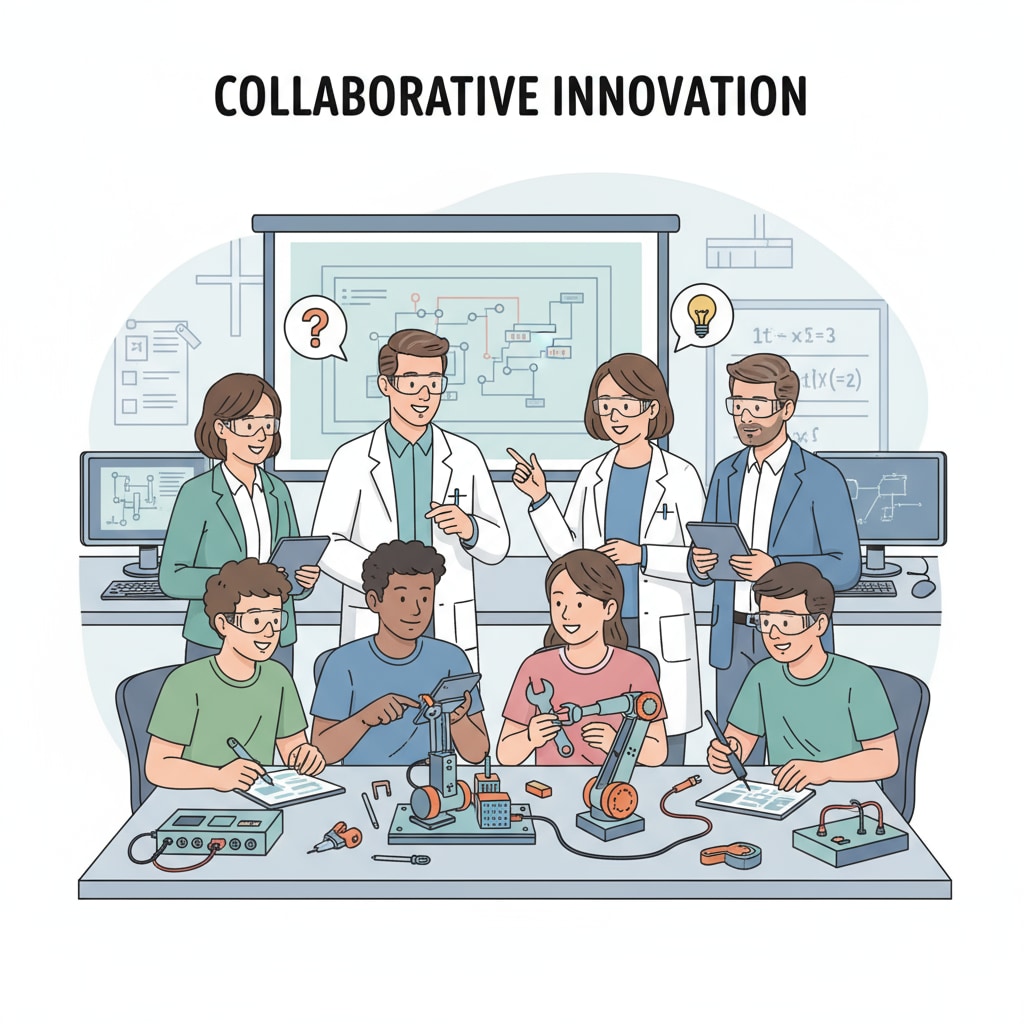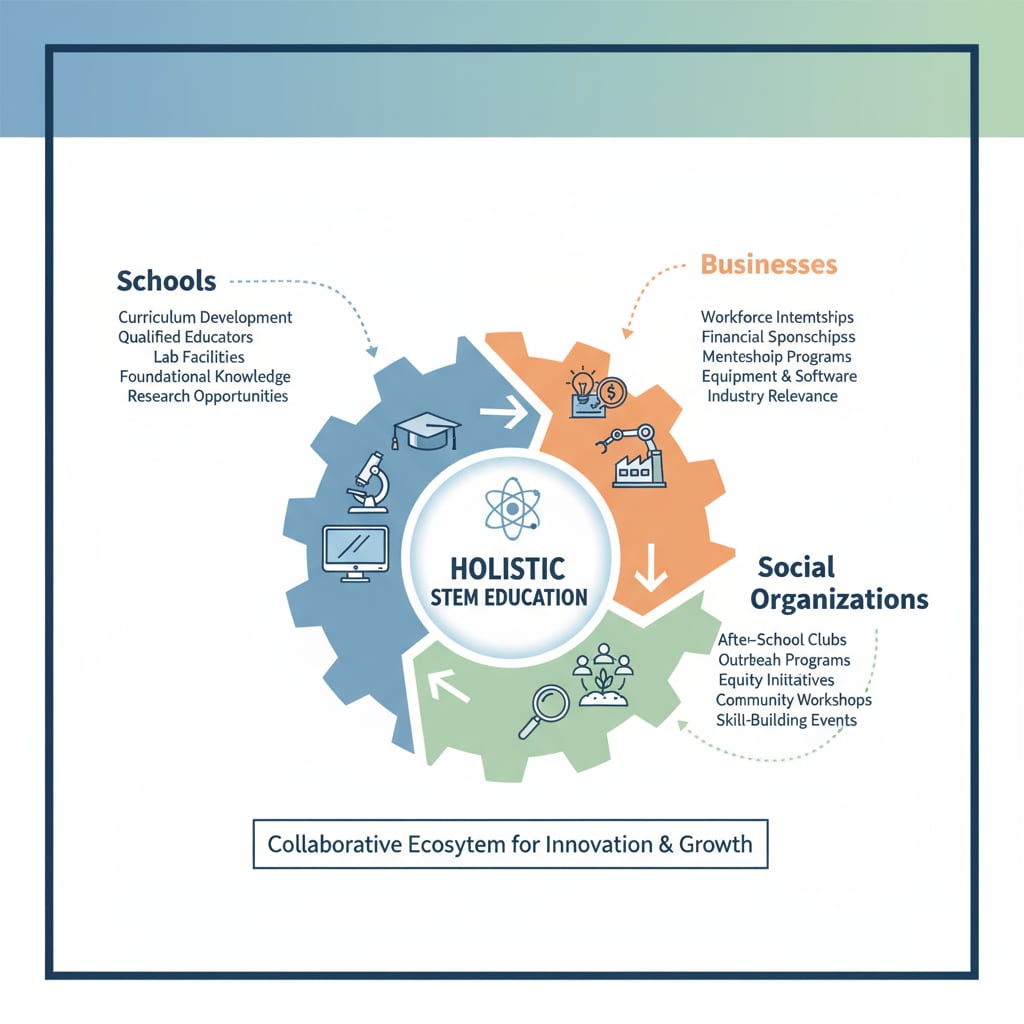STEM education, partnerships, and curriculum development play a crucial role in shaping the future of education. In the realm of K12 education, collaboration among various parties has become essential to provide students with a comprehensive and practical STEM learning experience.

For instance, different entities come together to share resources and knowledge, aiming to develop innovative curricula.
The Significance of Partnerships in STEM Education
Partnerships in STEM education bring together diverse perspectives. Schools possess the educational infrastructure and teaching expertise. Businesses, on the other hand, offer real-world insights and industry-relevant resources. Social organizations can contribute by providing community support and access to additional learning opportunities. As a result, students benefit from a more well-rounded education. According to Britannica on Education, collaborative efforts can enhance the quality of education.

Strategies for Establishing Effective Partnerships
One key strategy is the implementation of mentor programs. Industry professionals can serve as mentors to students, guiding them through practical projects and sharing their career experiences. Another strategy is curriculum co-creation. Schools, businesses, and social organizations can work together to design curricula that are not only academically rigorous but also relevant to the real world. Additionally, resource sharing is vital. This can include sharing equipment, software, and research findings. For example, businesses can donate advanced technology to schools for students to use in their studies.
Readability guidance: In this article, we have explored how partnerships in STEM education are formed and how they impact curriculum development. By leveraging the strengths of different parties, we can create a more engaging and effective learning environment for K12 students.


